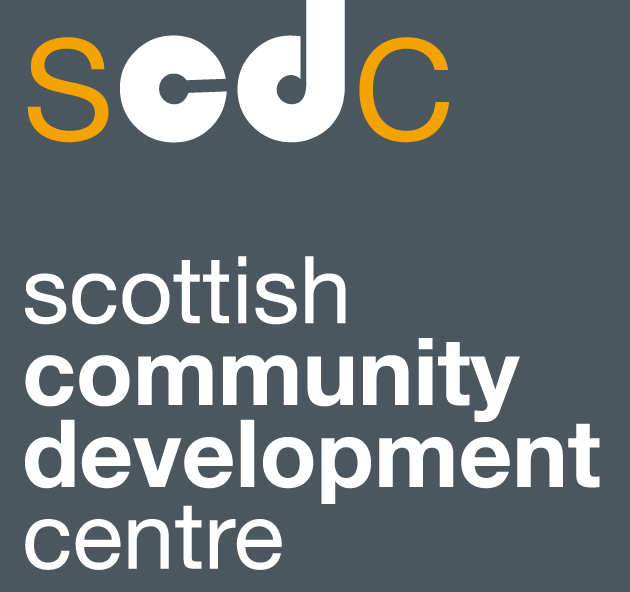What does success look like?
/A guide for working together to improve outcomes
As part of your participation request, you will have stated the outcome(s) you want to improve. When you and the public service authority (who you made the request to) enter into a process to improve these outcomes, an important first step will be to work out how you will know you are successful.
Define success!
To know if you have been successful, you need to be able to measure whether you have made the difference you hoped to make.
Why is this important?
Agreeing on what success looks like will help you to measure if progress has been made further down the line. It will also help to focus on what can be done to improve the outcome.
What do they look like?
Think about success in terms of ‘amount of,’ ‘level of’ or ‘number of’ etc. This will help you to measure success at different times to see what is changing.
Whose job is it to define success?
The Community Empowerment (Scotland) Act requires the public service authority to provide details of the outcome improvement process and how you will be involved in it. There is nothing in the legislation about defining what success look like. So it may be helpful to suggest to the public service authority that you would like to work with them to do this.
Examples
Example 1: Your group wishes to see more cycling routes in the local area.
What success might be measured in
Outcomes (see our guide to outcomes for more)
Amount of air pollution
Number of local people who are satisfied that environment has improved
Number of local people who cycle
Improved environment
Number of local people who cycle
Increased physical activity
Number of local people who report improved health
Level of self-reported wellbeing of local people
Improved health and wellbeing
Example 2: The local community would like an extension of opening hours of a community library.
What success might be measured in
Outcomes (see our guide to outcomes for more):
Number of library users
Level of borrowing
Range of people using the service
Improved opportunities for learning
Proportion of local people who report being socially isolated
Reduced social isolation
Links to more information
Read our accompanying guide to outcomes
Agreeing on what success looks like can be part of a working agreement with the public body.
Evaluation Support Scotland have useful guides to outcomes and measuring them.
Use this guide to setting SMART (Specific, Measurable, Achievable, Realistic and Timebound) outcomes.


